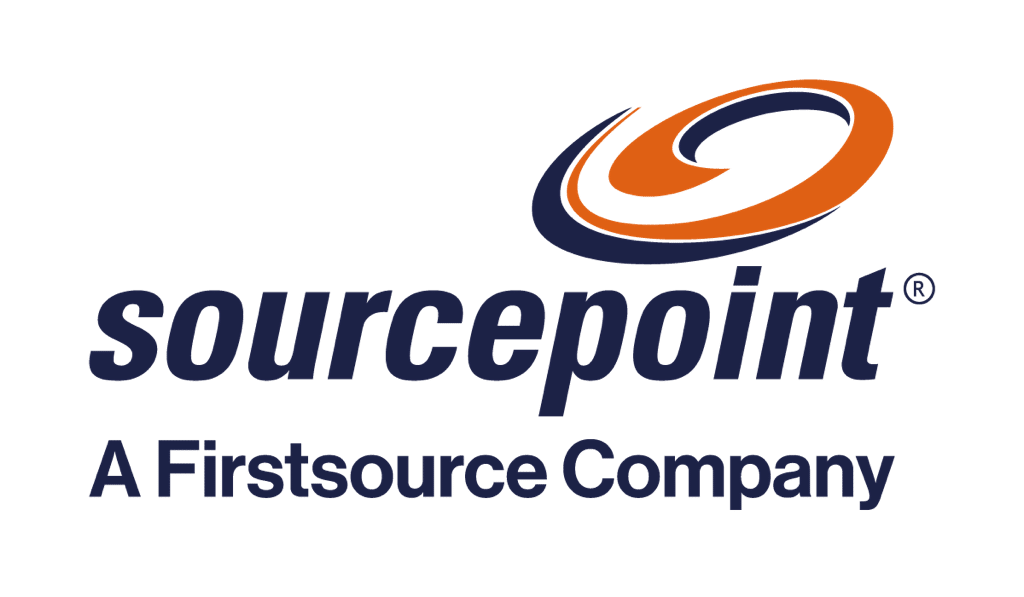Artificial intelligence remains the hot topic at every conference, nearly every day in the news, and everyone has thoughts about how it can affect their business. With all the experts chiming in, it often feels like no one truly grasps its essence and power.
With conference season gearing up, I wouldn’t be surprised if the Wi-Fi password at the next event was “AI 2025.” I’ve been pondering how AI will shake up the TPR and due diligence industry, since we know the impacts of the technology to assist teams and organizations can be far reaching.
So, let’s be real, not all TPR firms are cut from the same cloth. Their review scopes vary, and their approach to exceptions and compensating factors differs. Picture this: give 100 loans to 20 different TPR firms, and you’ll find yourself in a maze trying to reconcile reports. It’s mind-boggling to discover that the same loan could yield different exceptions from the same reviewer simply because the TPR review scripts varied. AI promises to standardize review processes and weed out the inconsistencies born from human error.
Here’s a closer look of how AI will impact the TPR or due diligence review process. The typical securitization report suite boasts around 300 to 400 data points, mainly sourced from the ASF and Supplemental Reports. AI will swoop in, extract these data points directly from imaged documents using logical algorithms, and neatly populate them in the appropriate cells on reports, complete with a metadata audit trail.
Moreover, each specific data point will offer a “hover type” view, enabling users to track its origin effortlessly. No more frantic emails from second-year analysts seeking confirmation on whether a property is attached or detached; now they can simply hover over the cell and see that the data hails from page one of the appraisal. It’s truly information now available at your fingertips.
Simply put, AI will expand the scope of reviews while slashing turnaround times with an immense amount of rigor and accuracy. Imagine the data compare report becoming one of the most illuminating tools in the reporting suite.
The implications are profound for warehouse line managers, credit and counterparty risk managers, and aggregators alike. Could this be the quality control enhancement that rating agencies and secondary markets have been searching for? We don’t just think so, we know so.




